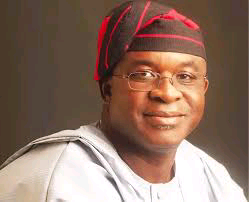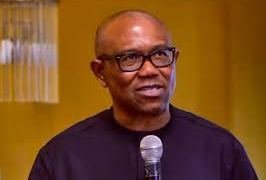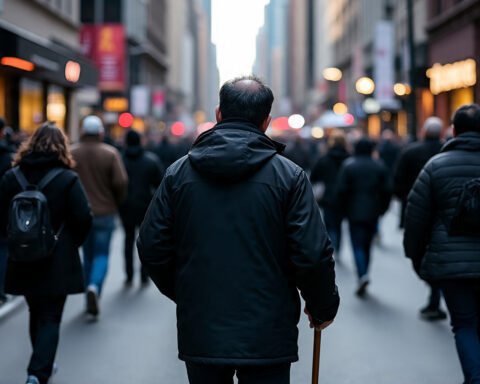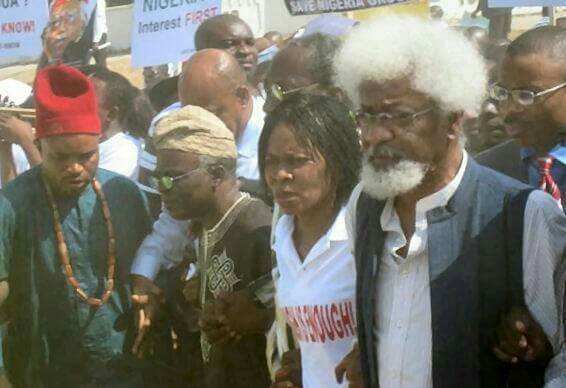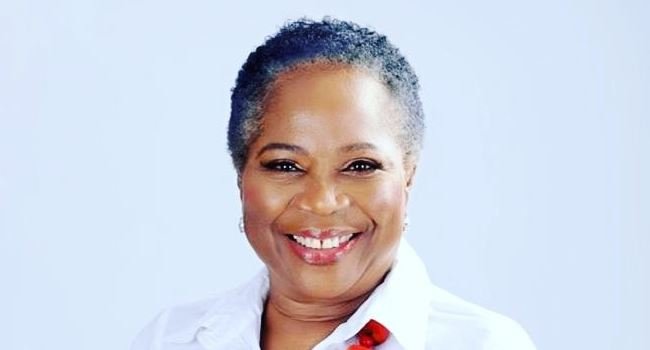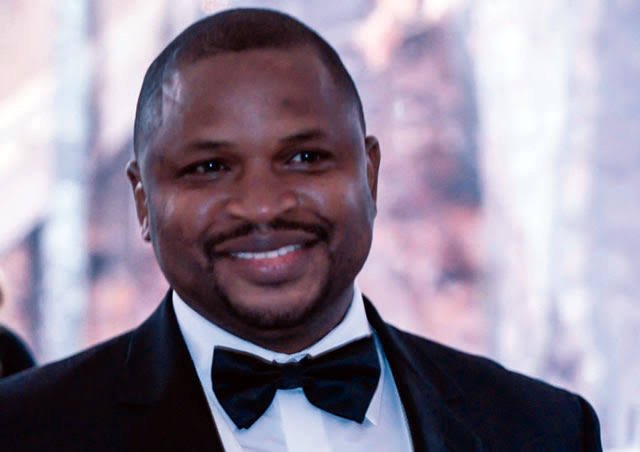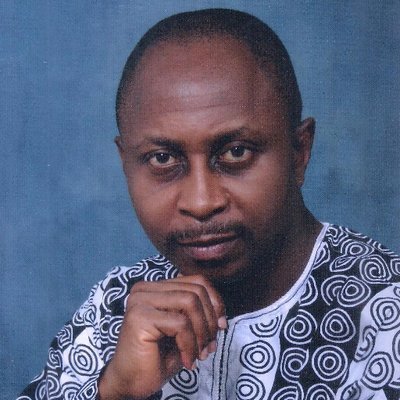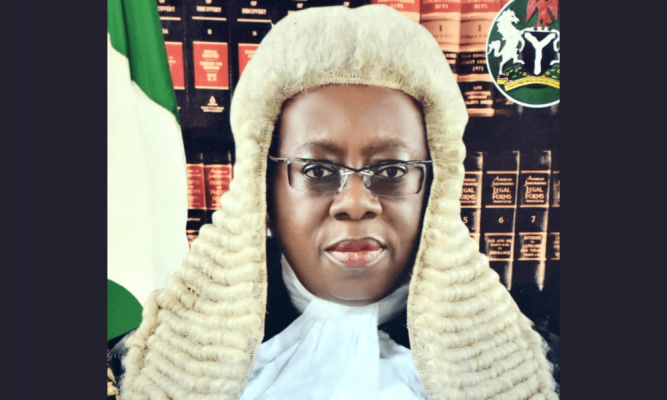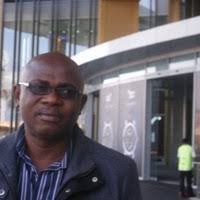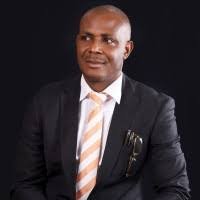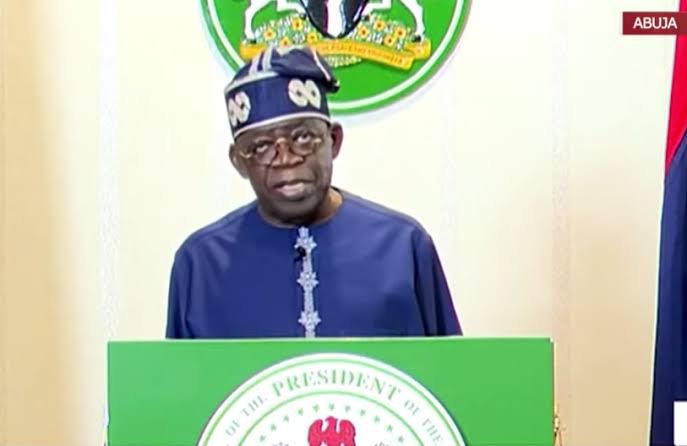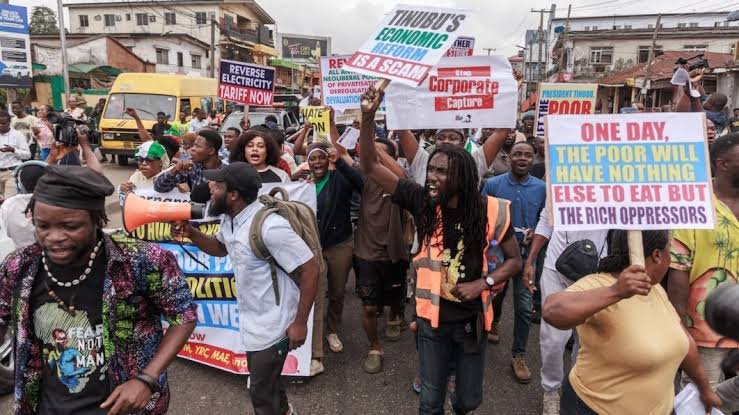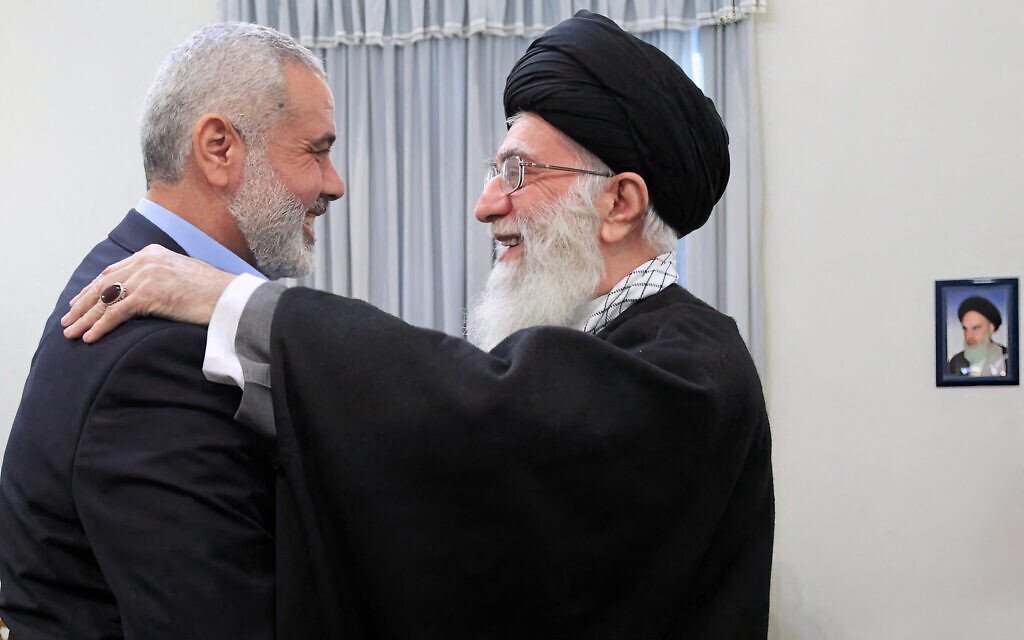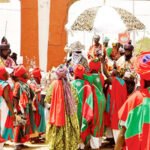The Nigerian Civil War and the NDA Teaching Years:
– “IT IS GENERALLY agreed that the immediate causes of the Nigerian Civil War were the military coup d’etat of January 1966 and the subsequent counter-coup that followed it between July 29 and September 29 of the same year. As I have said in the previous chapter, those months were some of the darkest in the history of our country. The sporadic killings and the tension created by the unrest compelled some 50,000 Igbos to flee northern Nigeria for the eastern region by the end of July 1966.”
– “But the build-up to that painful situation began earlier. After the Head of State, General Aguiyi-Ironsi, and Lt-Col. Adekunle Fajuyi were abducted by rampaging soldiers in the early hours of July 29, 1966, in Ibadan and taken away, the country was literally without a government for three days. Between July 29 and 31, when their whereabouts were unaccounted for, an atmosphere of uncertainty enveloped the country. Brigadier Babafemi Ogundipe, then the most senior military officer after Aguiyi-Ironsi and considered in certain quarters as the ‘natural’ successor to him, made a broadcast on the afternoon of July 29, 1966, calling for the cooperation of the public in the government’s ‘effort to restore law and order’ in the country. In an attempt to further restore calm, Brigadier Ogundipe sent Lt- Colonel Yakubu Gowon to the Ikeja cantonment to appeal to the group of headstrong northern officers led by Lt-Colonel Murtala Muhammed, Majors Shittu Alao, Musa Usman and Captain Joe Garba, who were spoiling for a fight and even toying with the idea of a secession! Those efforts didn’t yield results.”
– “Then, after a series of behind-the-scenes negotiations brokered by such top civil servants as Alhaji Sule Katagum (then Chairman of the Federal Public Service Commission), Alhaji Ali Akilu (then Head of the Northern Nigeria Civil Service), Chief Justice Sir Adetokunbo Ademola, and two foreign diplomats, the British High Commissioner, Sir Francis Cumming-Bruce and the American Ambassador, Elbert Matthews, with the adamant northern officers, a compromise was reached. Lt-Col. Yakubu Gowon emerged, on Monday, August 1, 1966, at 32, the new Head of State and Commander-in-Chief of the Armed Forces. A statement was subsequently issued stating that Gowon had been chosen to be Commander-in-Chief by most of the Supreme Military Council members.”
– “The emergence of Lt-Col. Gowon as the new Commander-in-Chief of the Nigerian Armed Forces marked the beginning of the tension between Gowon and Lt-Col. Emeka Odumegwu-Ojukwu. In an early morning broadcast from Enugu, Ojukwu rejected Gowon’s emergence as Head of State, insisting that in the absence of Aguiyi-Ironsi, the most senior Nigerian Army officer in the person of Brigadier Babafemi Ogundipe, should be Head of State and Commander-in-Chief.”
– “The state of national tension increased. Eager to restore confidence in the country, Lt-Col. Gowon assembled regional politicians, dubbed Leaders of Thought, to fashion a way forward for the country. Then, he turned his attention to the military, making a few tactical changes. Those changes were detailed enough to affect younger officers like me. In early August, I was transferred from the ‘A’ Squadron Reconnaissance Unit in Kaduna to the ‘B’ Squadron in Abeokuta. Similar tactical changes took place in various other divisions.”
– “But Gowon went further. In a move that turned out to be a political masterstroke, in August, he released the leader of the Yorubas, Chief Obafemi Awolowo, from Calabar prison, where he was serving a prison sentence for treason, and secured, in the process, the much-needed support of the Yorubas at that time. Unfortunately, Gowon’s commitments to the Igbos that their lives were safe in northern Nigeria were unfulfilled. Almost simultaneously with the deliberations of the Leaders of Thought taking place in Lagos, perhaps the most horrific killings of Igbos occurred in different parts of northern Nigeria on September 29, 1966.”
– “The killings were frightening. A deluge of refugees swamped eastern Nigeria from practically all parts of Nigeria. Faced with this intolerable situation, Ojukwu, understandably, barred the eastern Nigerian delegation from further attending Gowon’s Peace and Reconciliation Talks in Lagos, insisting that the lives of Igbos outside eastern Nigeria were unsafe.”
– “The country was locked in a national stalemate until Lt-General Joseph Arthur Ankrah, who had become Ghana’s Head of State after the overthrow of Kwame Nkrumah, stepped in by suggesting a neutral and safe venue for an actual Reconciliation conference between Ojukwu and the Federal government. That intervention, seen as the last chance to prevent an all-out war, led to the famous Peace Conference in the southern regional town of Ghana, Aburi, between January 4 and 5, 1967. That Conference between the eastern Nigerian delegation led by Lt-Col. Ojukwu and the federal delegation led by Lt-Col. Gowon resulted in the famous Aburi Accord.”
– “In the absence of fully published records from the federal government regarding what transpired at the Aburi meetings, the details of what happened have remained speculative. While the published accounts of the eastern Nigerian delegation insisted that an agreement for a loose Nigerian federation was agreed to, the federal government claimed that the agreement reached was understood and seen within the framework of a united Nigerian state. The one area of agreement on both sides was that force was not to be used to settle the Nigerian crisis.”
– “In response to the Aburi Accord, the federal government promulgated Decree 8, which was meant to embody the Accord as understood by the federal government. At a meeting of the Supreme Military Council in Benin on March 10, 1967, where Decree 8 was to be ratified by the Military Governors, Ojukwu boycotted the talks, claiming that the Decree violated the spirit and the meaning of the Aburi Accord. These differences in interpretation were the final trigger for the outbreak of the Nigerian Civil War.”
– “MEANWHILE, AMID THE tension and deliberations, I left for the United Kingdom in early April for what was supposed to be a short course at the Royal Armoured Corps, based at Bovington camp in Dorset, in South West, England. This was an advanced course on driving and maintaining Armoured Fighting Vehicles (AFV) and operating vehicles’ weapons systems and communication equipment.”
– “I had looked forward to this course with great interest. Quite apart from the fact that the Royal Armoured Corps was the British Army’s centre of excellence for training the army in- “IT IS GENERALLY agreed that the immediate causes of the Nigerian Civil War were the military coup d’etat of January 1966 and the subsequent counter-coup that followed it between July 29 and September 29 of the same year. As I have said in the previous chapter, those months were some of the darkest in the history of our country. The sporadic killings and the tension created by the unrest compelled some 50,000 Igbos to flee northern Nigeria for the eastern region by the end of July 1966.”
Follow us on all social media platforms @dailyquery for news around the globe.
©️AI-KO

